Whether you’re a professional or a beginner, sometimes you take photos that make you wonder what went wrong. Photographer David Flores with B&H gives some great tips and tricks to prevent terrible photos:
Consider Your Lighting
Before taking any photos, be sure to ask yourself the following questions:
- Is the light flattering?
- Does the light enhance the subject’s appearance?
While natural light is best, it’s not always sufficient.
When using artificial light, make sure that your photos aren’t coming out too warm or too cool. And when placing the lights relative to the subject, pay attention to the shadows as well. You don’t want the subjects to appear flat, without any shadows. On the same note, you don’t want deep shadows on the face or neck.
Embrace Natural Light
Natural light is at its best during the golden hours—sunrise and sunset. Since the sun is close to the horizon during those hours, the light is soft, which in turn produces soft shadows. Even the surroundings look ethereal.
However, the harsh afternoon light is great if you want to make a bold statement with your photos. Just be sure to place the subject that balances the shadows and highlights.
Keep it Sharp
Photos are practically useless if they’re not sharp and blur-free—unless they’re taken that way intentionally for creative purposes. Sharp images are easy to read and convey the message instantly. Pay attention to two basic things to keep your images sharp:
- Place the focus point on the main subject.
- Use a shutter speed that is fast enough to freeze the motion of your subject.
Use Strong Composition
In order to make a statement with your photos, your composition needs to be strong. Depending on the scenario, try out basic composition guides like the rule of thirds, leading lines, diagonals, symmetry, center composition, and others. Instead of always shooting from the eye-level, try going high or low. But at the same time, avoid unflattering angles like taking a portrait from a low angle.
“If you’re looking for inspiration, look at work from photographers who you admire.”
Stop Over-Processing
If your photos aren’t taken well, it doesn’t matter how hard you try to make them look good in post. You simply will not succeed. Slapping on a bunch of filters and presets have diminishing returns. The more you do it, the worse the image will appear. Post-processing is only good if it is subtle.
“Remember, the very first edit happens in the camera. Post-production should always be in service of that.”
It’s Not the Camera
What camera you use to take a photo hardly matters anymore. Moreover, it is you, the photographer, that matters the most. How you visualize and conceptualize your shots matters more than what gear you use.
“You are the difference between making a good photograph and a great photograph.”
Having said that, it’s not that gear doesn’t matter at all. In challenging situations, like low light conditions, fast-paced situations, or when you need lots of details, better gear gets the job done in a better way.
“Essentially, a better camera can help step up your photo game.”
Get Out of Your Comfort Zone
“Stuck on a subject? Try something different. You can always come back to the original thing later.”
There are lots of genres of photography to choose from. And it’s good to specialize in a few. However, if you feel the need to explore, go ahead and try some other genres. That will help you develop new skills and a new way to look at things while breaking the monotony.
What other tips do you have tips for making photos that don’t suck?
Like This Article?
Don't Miss The Next One!
Join over 100,000 photographers of all experience levels who receive our free photography tips and articles to stay current:
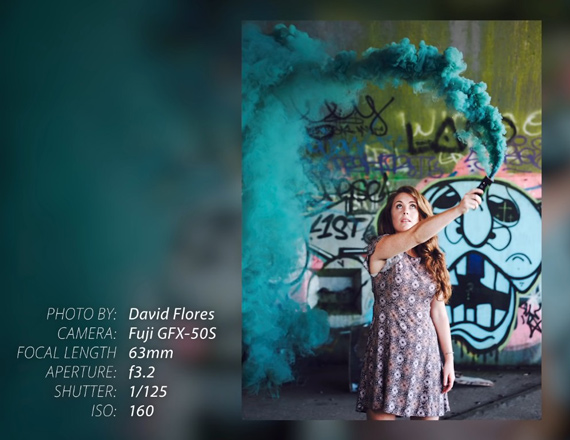
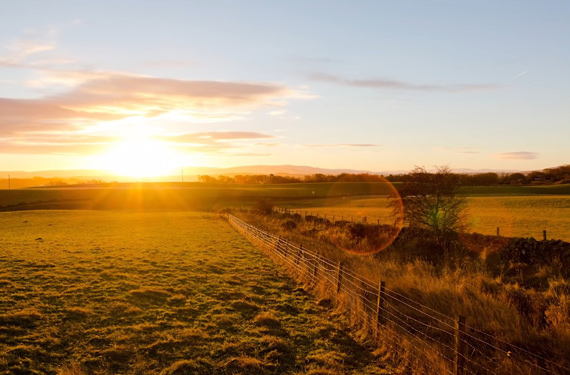
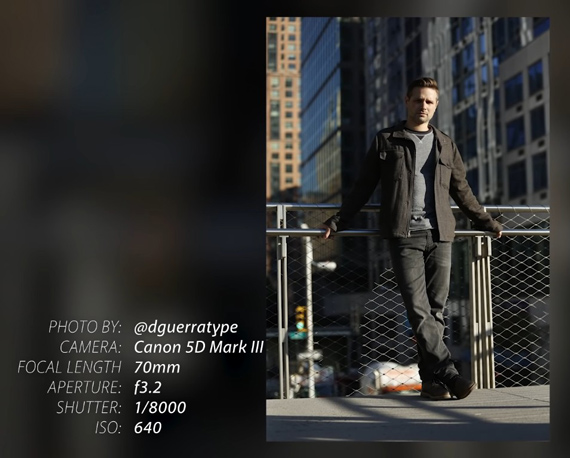

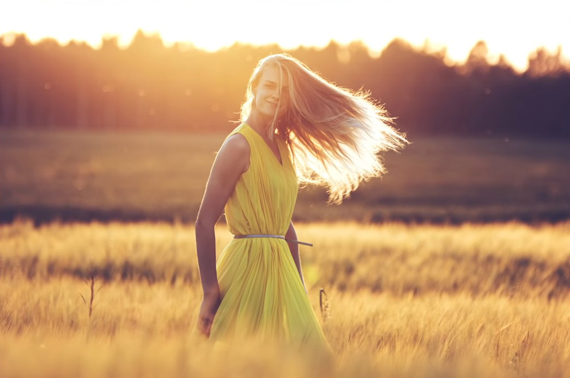



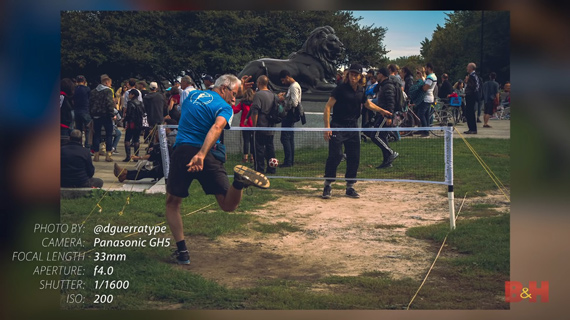






Leave a Reply